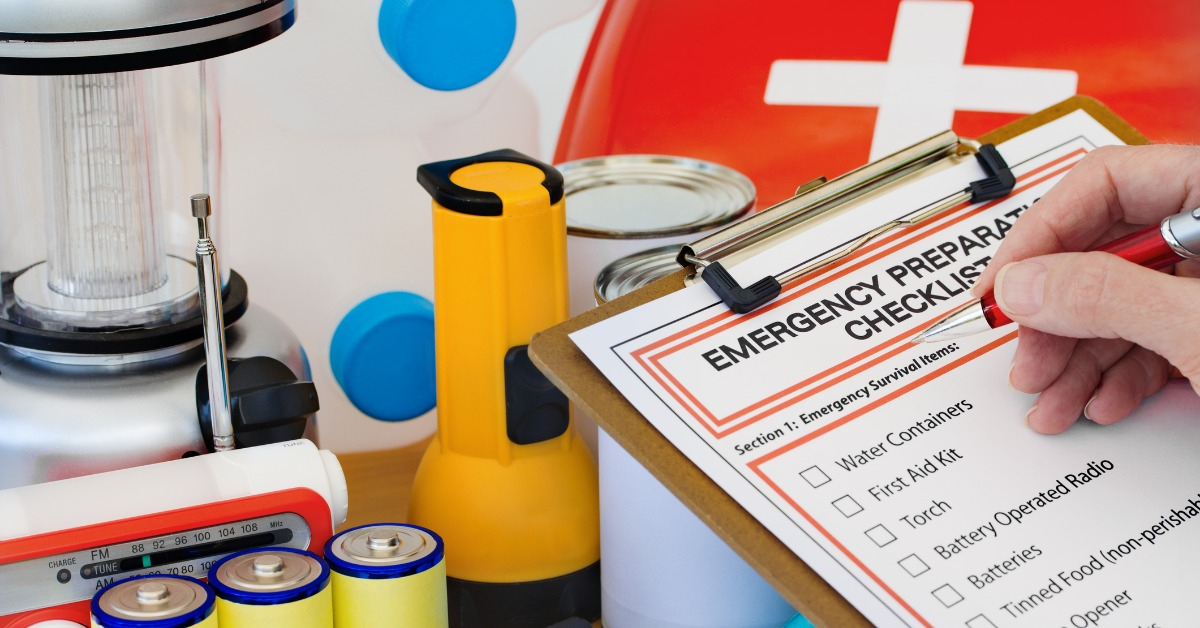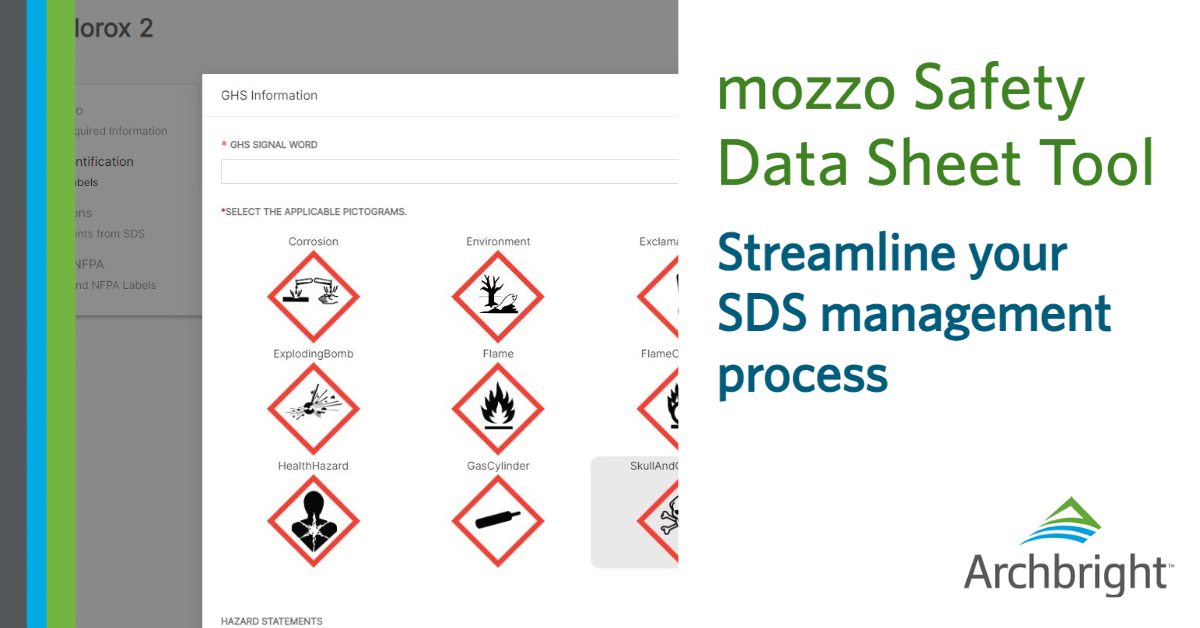Chemical Safety: Understanding and Maintaining Safety Data Sheets
Is your organization one of the millions of workplaces in the U.S. that uses chemicals? Chemicals are found in numerous industries and used in a wide...
2 min read
 Tiffany Knudsen, SMS
:
Sep 6, 2022 11:34:17 AM
Tiffany Knudsen, SMS
:
Sep 6, 2022 11:34:17 AM

Everyone knows emergency preparedness is important, but often it falls to the bottom of the priority list as we juggle the many daily demands of business. An emergency can be an unexpected occurrence of varying degrees with the potential to impact business. If your workplace is like many others, you may not be as prepared as you would like. Setting aside time for planning and preparing for emergencies can save your company future time and frustration and prevent potential injuries.
According to the Occupational Safety and Health Administration (OSHA), a workplace emergency is a situation that threatens workers, customers, or the public and can disrupt or shut down operations. An emergency can also cause physical or environmental damage. Emergencies can occur naturally or be caused by humans and may include but are not limited to extreme weather, earthquakes, floods, fires, chemical spills, disease outbreaks, or civil unrest.
Per OSHA, all employers need to have an emergency action plan that includes means of egress in the event of an emergency and safeguards designed to protect employees during the event. Some examples of safeguards include sprinkler systems, alarms, fire doors, and exit lighting. Employers must train all new employees on the plan when hired, anytime the plan changes, or when the employee’s role in the plan has changed (e.g., the employee is responsible for equipment shut down or assisting other employees during emergency egress). Depending on the industry and state requirements, employers may also need to add other elements into the plan, such as critical plant operation considerations, rescue duties, and emergency supplies for displaced workers.
Emergency preparedness training gives employees the knowledge, skills, and abilities needed to perform key tasks in an emergency. Every employee needs to know the details of the emergency action plan, including how to safely exit the workplace, when to shelter in place, the types of alarms systems used, and if they have a role in any shutdown procedures. Employees need to know the potential emergency types they may face and any hazards such as flammable materials or toxic chemicals that they could be exposed to. Annual or bi-annual drills are also recommended for most industries and required for some based-on OSHA or state-plan requirements.
Employers looking to create or update their emergency action plan can visit OSHA’s Emergency Preparedness & Response: Getting Started webpage or their state agency’s website for more information on what’s required for their industry.
Archbright members can also utilize the Emergency Preparedness Employer’s Guide, the Emergency Vulnerability Assessment tool, and a sample Emergency Action Plan, all located in the mozzo Resource Library.
For additional assistance or questions about your Emergency Action Plan, contact the Safety Hotline at 206.329.1120, 509.381.1635, or safety@archbright.com. Taking even small steps now can help protect your workplace in the future.

Is your organization one of the millions of workplaces in the U.S. that uses chemicals? Chemicals are found in numerous industries and used in a wide...

From natural disasters to global pandemics, the challenges organizations face are evolving at an unprecedented rate. The need for emergency...

On March 11, at the same time the world tilted due to a global pandemic, my husband had emergency brain surgery and was diagnosed with Glioblastoma....